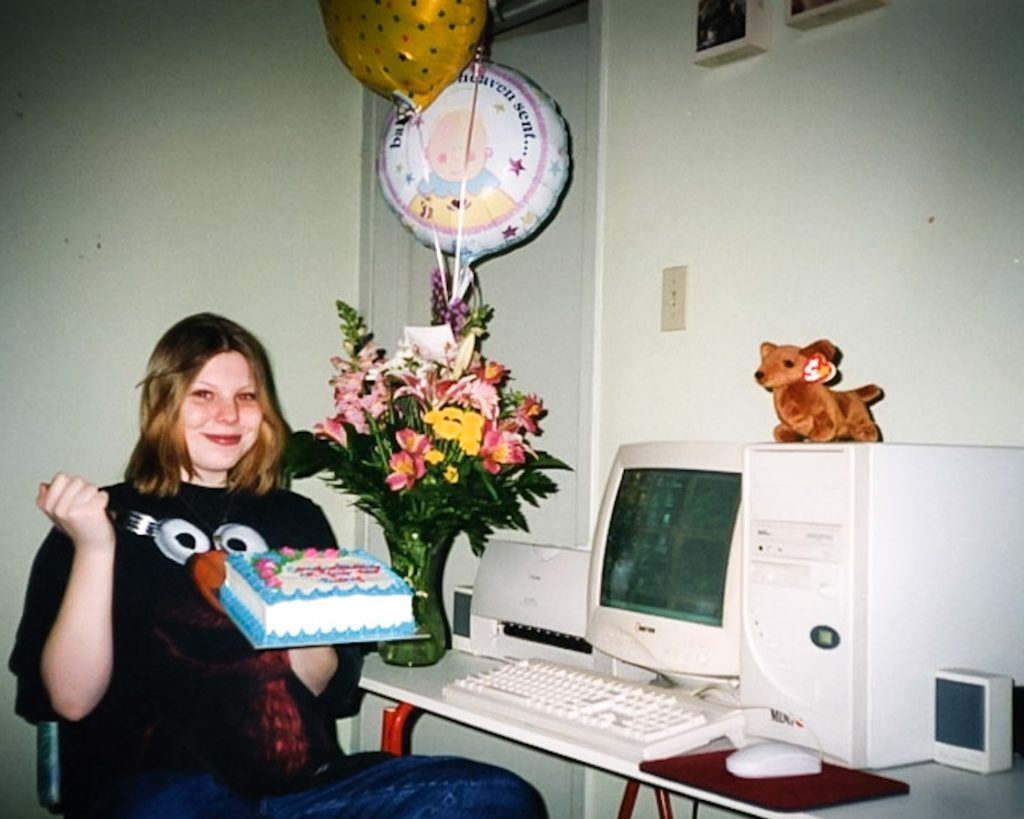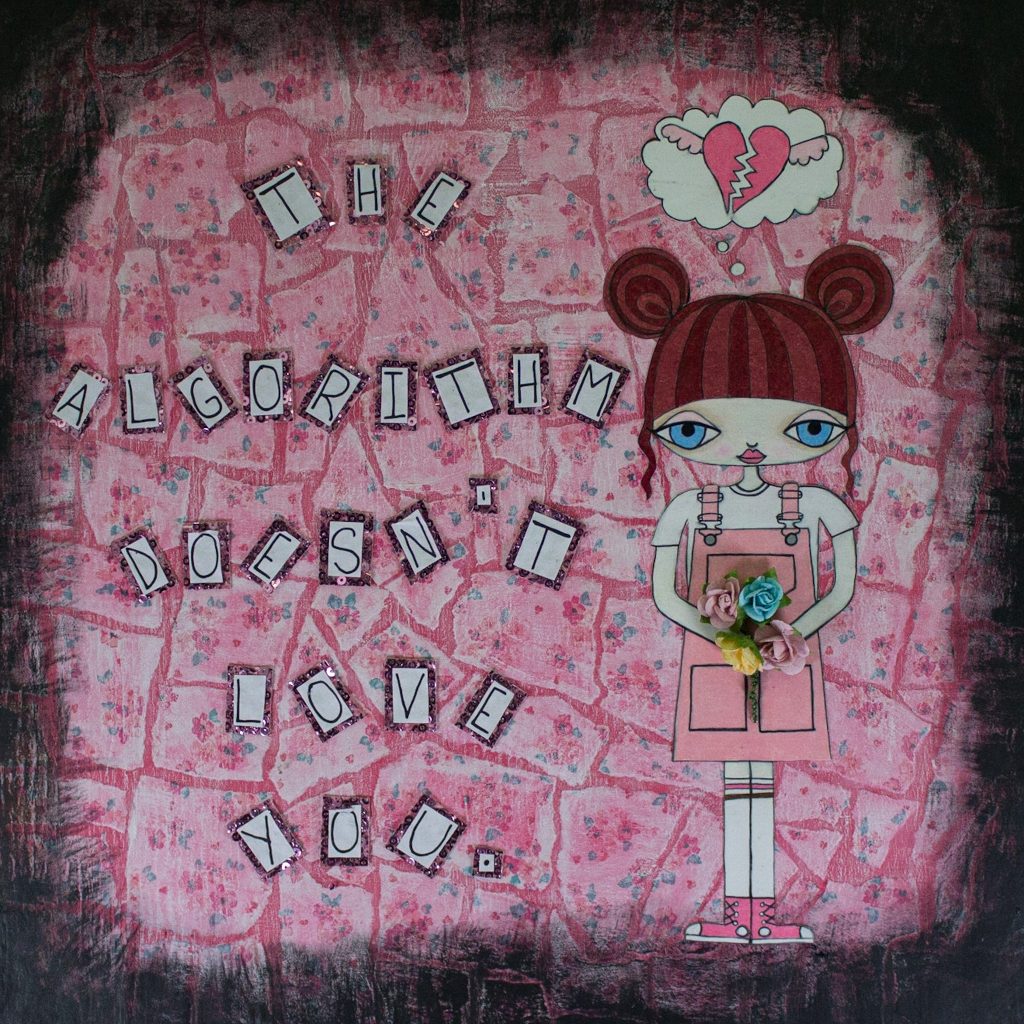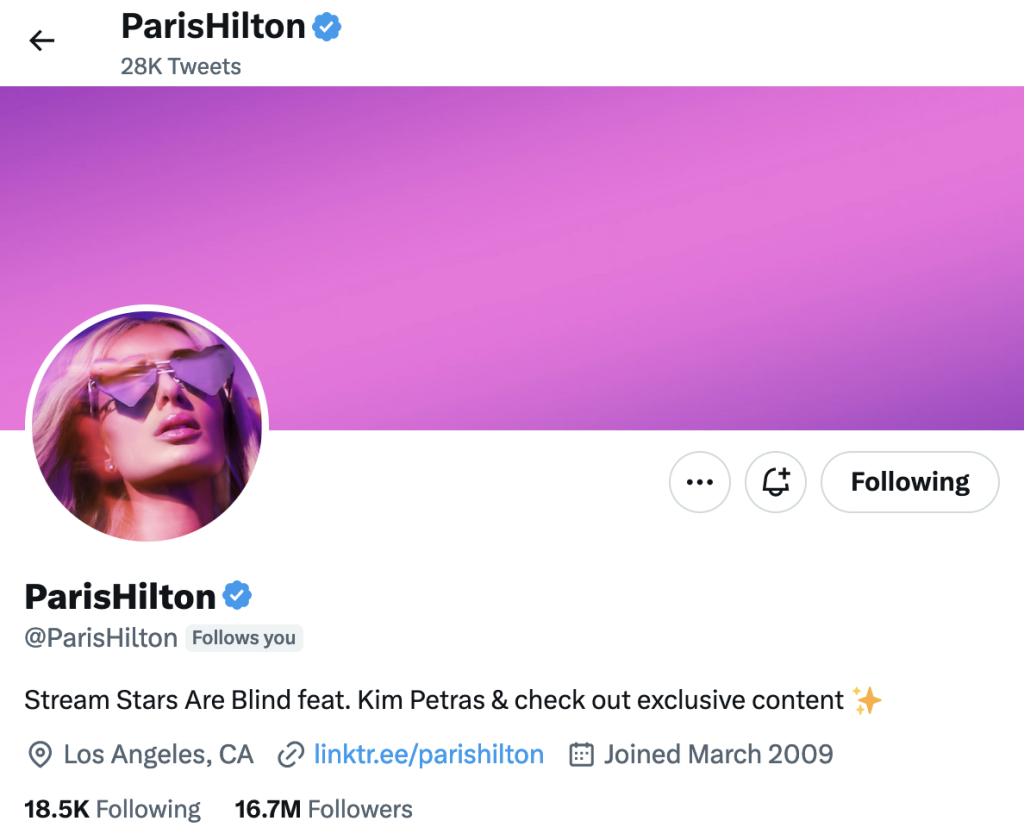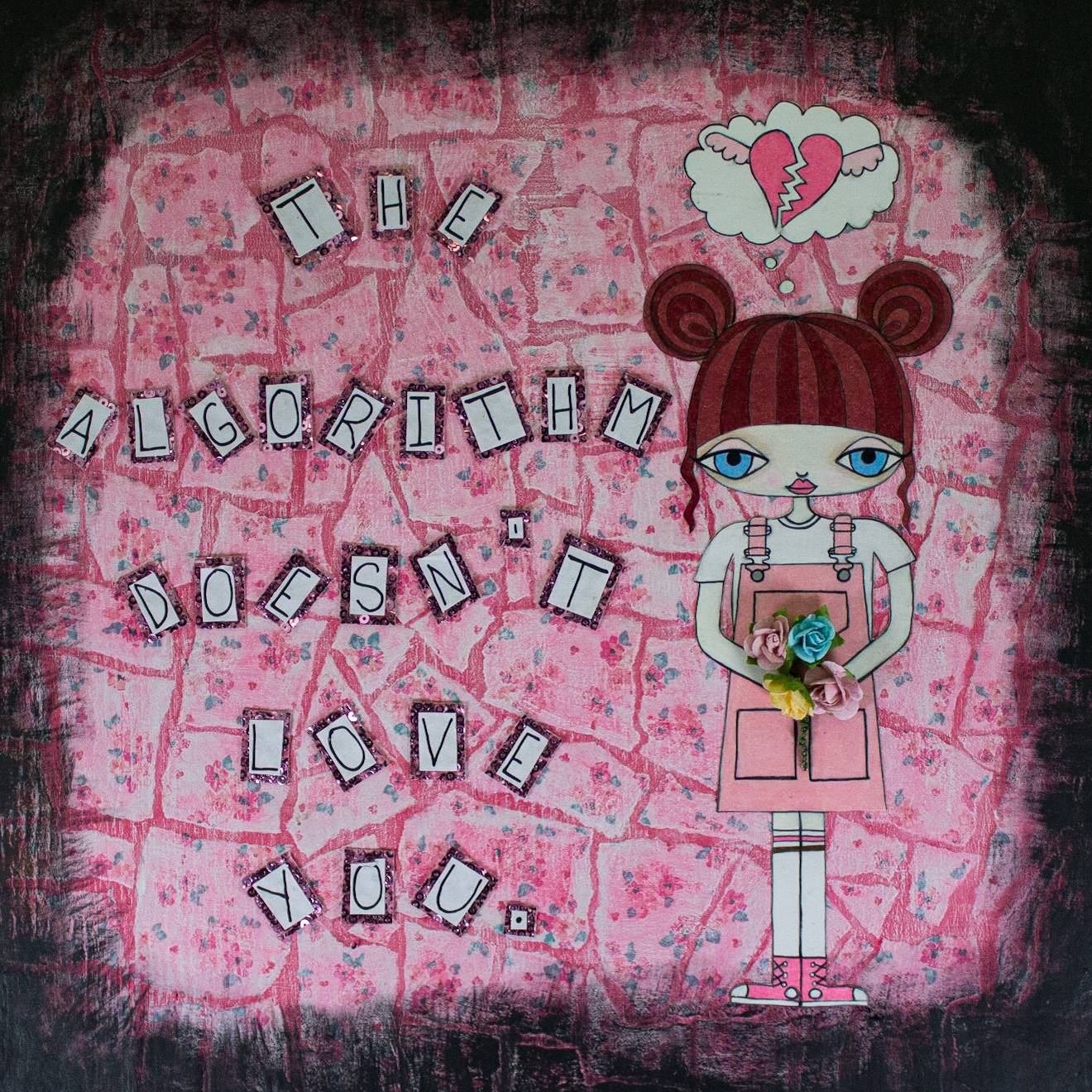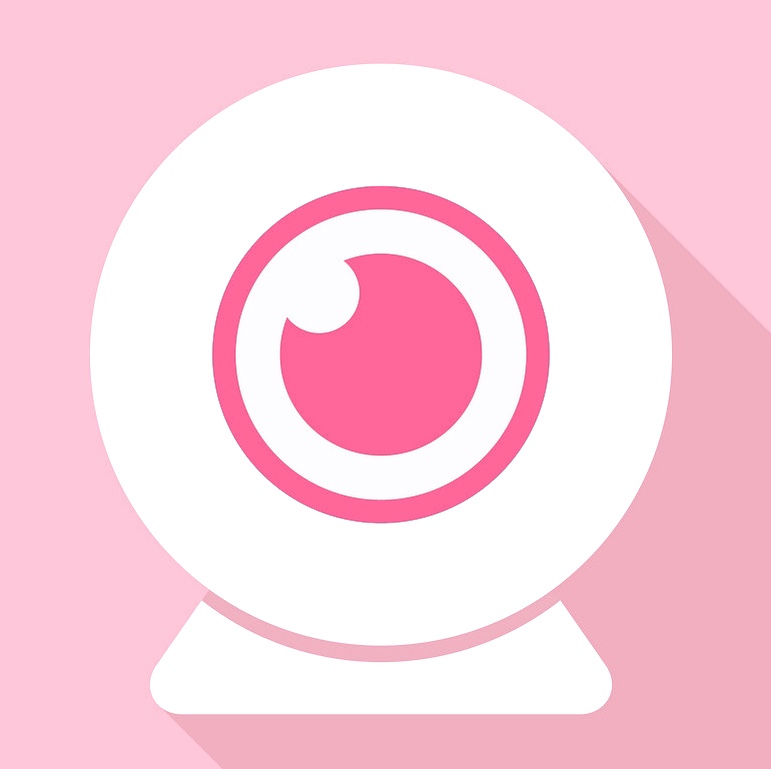
Internet Sunny 2.0
Internet Sunny 2.0
Is the internet ready for me to rejoin the land of the living web? Is the “living web” done stagnating in the shadows of social media apps?
These questions have been running through my subconscious mind for the past 6 months, so I’ve chipped away at trying to learn WordPress and making this site look somewhat presentable as a general hub of Sunniness. Like a glorified LinkTree. But for the past week, my little monkey brain has been firing pretty rapidly after deciding to do a huge, “The Home Edit” and Marie Kondo-inspired purge of my house (not finished!), where I unearthed artifacts and treasures from my whole life, including around 40 hand-written journals from 1998-2015-ish. These objects and paper ephemera sparked a lot of memories about the past, as I rediscover who I used to be and discover who I am now. Memories I could write about.
The most logical place to do that would be here, on this website. My website. My place where I exist on the internet. Not a 3rd party app or social media platform where I’m restricted by other people’s terms of use, and I’ll tell you why (although I’m sure it’s obvious to some of you who have been around for a minute).

From 1999-2007-ish, the first and ONLY social media platform that existed was LiveJournal. There, young people wrote long, rambling journal entries, where we all very much “processed on the page”. Teens and twenty-somethings wrote about their lives, past and present, as well as their fantasies about the future, en masse, and shared them via their friends lists, full of like-minded young people. At the height of LiveJournal, I was writing around 3000 words a day, and some of my entries were getting as many as 30,000 unique readers per day.
While I started blogging in 1998 on Angelfire, LiveJournal is where my practicing radical vulnerability online, or textibitionism, really started. With the ability to filter your audience from public to custom folks from your friend list, LiveJournal was/is extremely conducive to writing openly online. For about a decade, LiveJournal was the biggest social media platform on the internet.
Then came MySpace, which primarily appealed to bands and teenage millennials…Facebook & Twitter followed…and smartphones were invented, putting the internet, and all these new social media apps in the hands of literally everyone, which was previously unprecedented.
Before smartphones put the internet in everyone’s pockets, the internet was really only made up of folks who could afford a computer and dedicated internet fees. Affording a computer meant you either bought one for $800-$3000, or you built one for a lot less money, but building them narrowed the audience further because they didn’t teach those skills in school or anything, you either had to go to college, or teach yourself with instructions from the internet (which you’d have to go to a library to access).
That’s why social media platforms that had easy to navigate apps, as opposed to full blown websites that were more difficult to navigate on phones, took over the internet and the World Wide Web suffered for it. Suddenly there wasn’t really a point in having a personal website, especially when they were, quite honestly, a much bigger pain in the ass to maintain. I have no stats except my own, but I’m guessing traffic to actual websites in general plummeted with the invention of smartphones and social media apps.
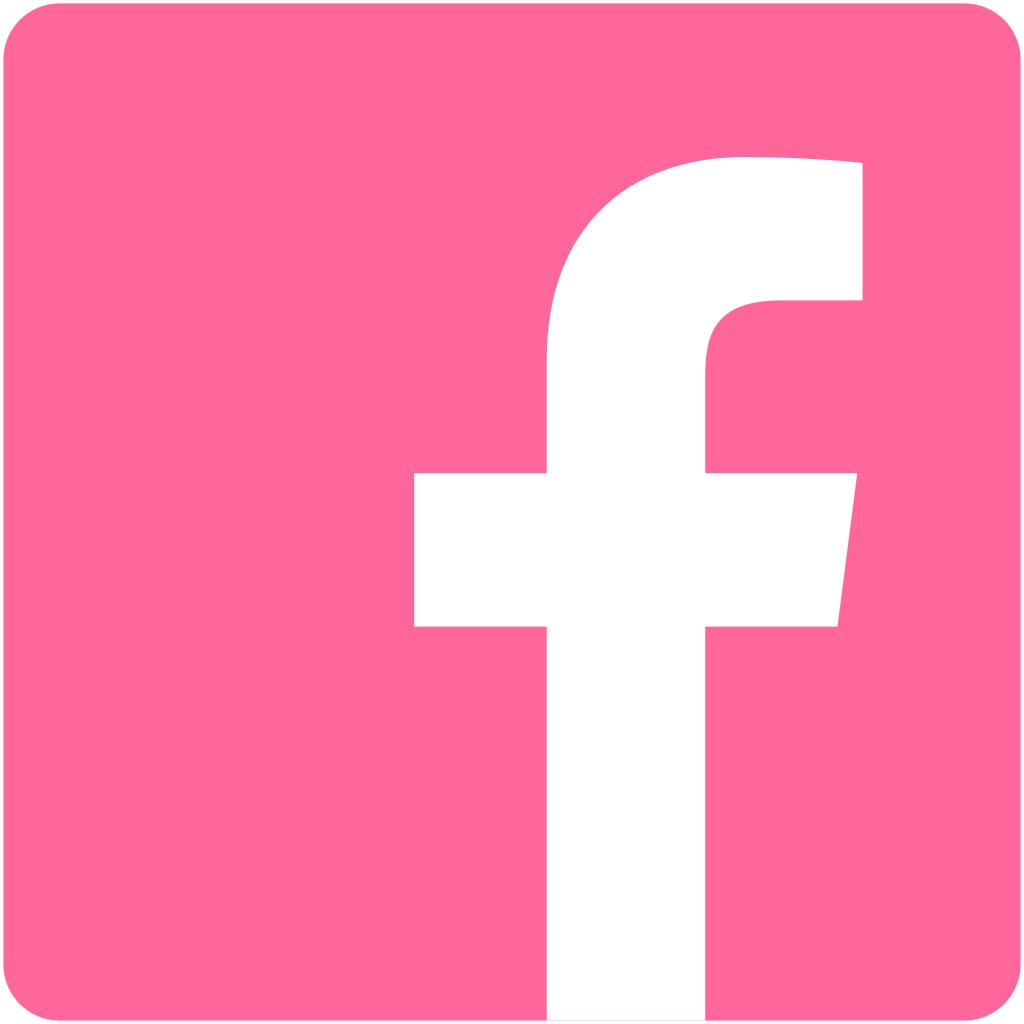
With all our friends being on social media, primarily Facebook, and the ease and quickness of which one can update or share their lives on a social media app vs a website, all the content we thought we wanted was in one place, at our fingertips. All our news, celebrity gossip, family & friends were in one place, Facebook Messenger all but replaced personal phone calls. Why would we go to a single-purpose website or blog to read long form writing anymore?
So, from about 2012-2015, I really only used Facebook and Instagram like so many of my formerly super internet-savvy peers, and I wrote long form on Medium, because at the time, it was the closest public outlet for such a thing, and it seemed like the only website I could get anyone to go to. People weren’t clicking on my links when I posted something on my website and then posted the link on Facebook, and you can’t post links on Instagram, where I was posting short (for me) memoir photo essays.
In 2015 came Patreon, a platform that allowed creators and makers to give their biggest fans and patrons unique content and gifts in exchange for a monthly subscription fee. I set up my Patreon because I liked having the ability to put my long form, radically vulnerable and thus, easily attacked, journal posts behind a $1/month paywall. It was similar to LJ in that I could limit the audience to folks who started off giving me the benefit of the doubt, because I doubted trolls, which I was being torn apart by at the time, were gonna “buy in” just to trash me.
The problem with Patreon however, is that by then people were firmly entrenched in Facebook, Instagram, and Twitter, that getting anyone to sign up for YET ANOTHER THING, and telling them it wasn’t free, was like pulling teeth. Especially in the beginning when Patreon was first ironing out their payment options! They wouldn’t even click the link to hear my pitch the first time I told them about it, and by the 10th time, I wasn’t even getting “likes” when I posted Patreon links to FREE, PUBLIC posts on Facebook, that were just as good as anything I’d ever written on my site or LiveJournal.
It’s also worth mentioning here that Facebook’s ALGORITHMS didn’t help honest, independent writers and content creators. They were made to maximize ad revenue and promoting free content, no matter how good it is, is not in Facebook’s best interest. Watch the documentary The Social Dilemma on Netflix if you wanna know all about how it works against us all. Instagram’s algorithm was better, but is currently almost as bad. Social media and its captive, lucrative audience all but killed small, independent artists and content creators who couldn’t afford to play the game. Or, they were like me, who paid for advertising once, which told Facebook that we were willing to pay for eyeballs, and once they knew that, they made sure the ONLY way we were being seen was by paying for advertising. This put independent artists and content creators in a weird limbo where we didn’t know where to exist anymore. Everyone was on Facebook and Instagram but we weren’t being seen there, and no one was going to our websites, which were costing us money and a lot of effort to run. (Throw in that Etsy was choking us with increasing fees, and selling original, 1/1, analog art on the internet became incredibly difficult.)
This was the sad state of affairs for the internet until it all came to a head during COVID. With the whole planet suddenly using webcams and Zoom, EVERYONE became a camgirl!
Again, I have no stats for you, but it felt like more of my internet peers, who were previously glued to Facebook, as well as those analog peers of mine like childhood friends and aunts and uncles who are naturally slow to adopt technology, discovered or rediscovered the greater World Wide Web when we were all on lockdown and unable to leave our homes. What choice did we have? YouTube and Pinterest’s traffic probably increased as the whole world suddenly sought out new hobbies and home projects, the latter of which brought them to personal blogs and websites. The number and prevalence of streaming services increased. Suddenly everyone became an expert at ordering takeout, or groceries, or Amazon, and those who weren’t getting proficient at those things, like the elderly, were being taken under the wing of those who were embracing it. New economies emerged due to this mass adoption of the internet from UberEats, Skip The Dishes, Door Dash, and Instacart drivers, to camgirls and social media influencers. Jobs that didn’t really exist on paper for most people previously, were suddenly whole industries in and unto themselves, that could give you credit in the straight world! It was inspiring for me to see!
Don’t let your eyes glaze over when I say this next part because believe me when I tell you you don’t have to understand what an NFT is to understand what I’m about to say…stay with me here…please…
Cryptoart & NFT Twitter
In early 2021 I discovered cryptoartists (basically just digital artists for the sake of this post) & NFTs and the community that surrounded them on Twitter. In the beginning, 90% of the cryptoartists I engaged with on Twitter were women and it was like a utopian fantasy over there for a while, with all of us sharing geeky resources on how to use this emerging technology, as well as our best and shittiest art. That community very much reminded me of the early E/N and cam scenes with their shitposts and meme art, and demographic: the majority of the artists there were in their early 20s, and the women were the pioneering leaders of a new internet technology they referred to as “web3”, as opposed to the internet you and I are on right now, which is web 2.0.
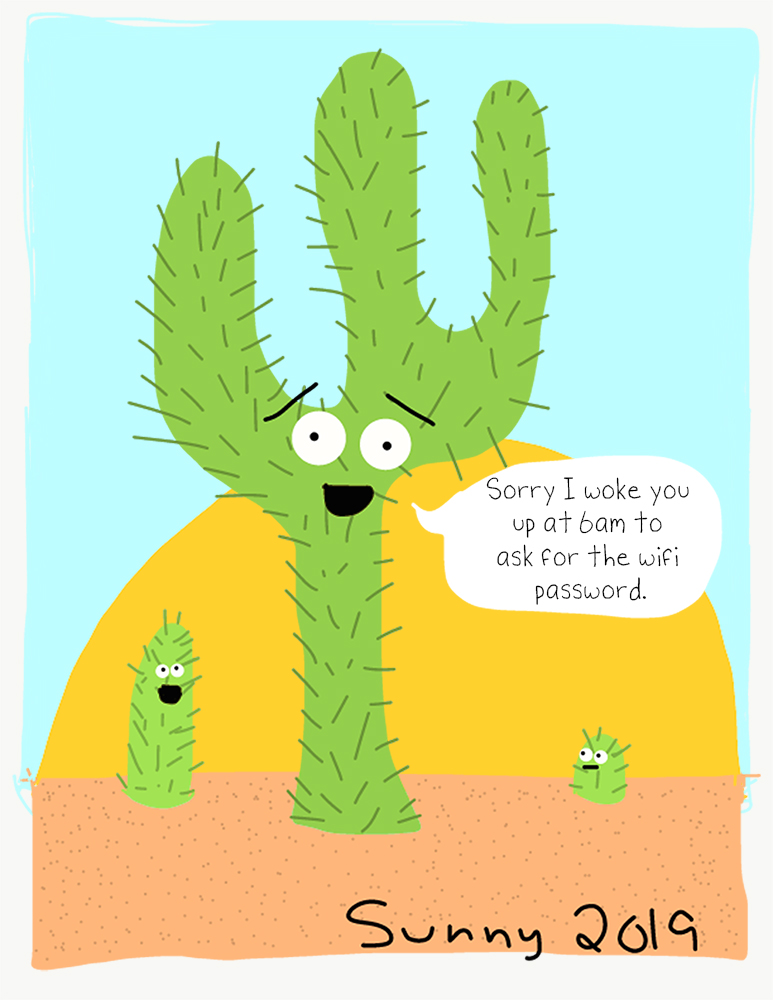
Web 2.0 🌐, the internet you and I both know and love, from the world wide web to social media apps, is supported by millions of physically massive, expensive computers called servers, that are all over the world, run by companies who sell basically hard drive space on those servers. These servers are all interconnected (some by literal cables under the ocean!) and talk to each other, creating an electronic “web” that is the whole internet. That’s why it’s called the “world wide web” and why there’s a “www” in front of every website address, in case you ever wondered. (And don’t laugh at those who don’t know this or tell me that description isn’t technical enough, because I encounter a LOT of adults every day, who have never really been off of social media, and don’t know how the internet works. That’s okay! Everyone was new once! I’m just happy folks are interested!)
Web3 is…the blockchain. Don’t run away! You can get this, I promise! Then you’ll feel super smart!
The “World Wide Web” and “blockchain” are essentially the same concept in that both are infrastructures for supporting the internet! On the internet, or web 2.0, one copy of a website exists on one physically massive web server (or cluster of servers), which is connected to the world wide web, that every visitor then connects to to view or use.
On web3, a copy exists on every single server on the blockchain and every time that “website” (it’s called a ledger) is updated, the blockchain, and thus every copy of the website on every server on the blockchain, also gets updated. The servers that support the blockchain, I think for the most part, are literally $5000 PCs that anyone can build and own, that have extremely high processing power to keep up with the continuous stream of updates and transactions. Think a gaming PC on steroids. In fact, lots of gamers finance their lifestyles by being part of the blockchain with computers they need for gaming anyway.
Okay, breathe! We’re almost done! The next part’s easy!
So, the blockchain is just the internet, but it’s similar to the kind of internet a lot of people had in 2000 when they were telling you they were “running servers out of my basement” and you had no idea what they were talking about. The blockchain, or web3, is still so new and rudimentary and expensive to run because it IS pretty much run out of people’s basements all around the world, that it only has three real uses currently:
- 💸 Cryptocurrencies: supporting financial transactions, using pretend money, where the servers are essentially only processing numbers and math, like big calculators or banking software, as opposed to whole websites. When the blockchain was smaller, that’s all there was.
- 🌐 Metaverses: essentially visual websites that are manipulable worlds similar to really rudimentary World Of Warcraft or Minecraft, where you can build, interact, and otherwise immerse yourself in a 3D world.
- 🖼️ NFTs/cryptoart: non-fungible tokens are unique, 1/1 digital tokens. That’s it. Each NFT has a 100% unique digital fingerprint and and is digitally “signed” by the person who made it. In the case of cryptoart, it’s “signed” and issued by the artist, with a piece of digital art attached, acting as a certificate of authenticity for that piece of digital art.
That’s literally the end of my web3 explanation Ted Talk because honestly that’s all you really need to know for me to proceed, feel free to put your brain in a happier space with less thinking because the rest should be easier and more relatable. 😊 I will further refer to the cryptoart community as “NFT Twitter” for simplicity’s sake.
As I said previously, NFT Twitter in 2021 was mostly young, idealistic gen Zs and elder millennials and they also went from social media apps and platforms as teenagers, straight to web3 and sharing their digital art with the world for the first time through NFTs as college students or young adults. This mirrored the early days of web 2.0, and the E/N & webcam scene circa 2000 to me both in demographic and by the earnestness of the art being presented. We were young, naked nerds coding our own websites in the late 90s-early aughts and pioneering that emerging technology when the rest of the world was telling us the internet was still a fad, and NFT Twitter were young, idealistic artists pioneering an emerging technology that the world is telling them is an unsustainable fad, having seen the dotcom bubble burst before them in real time. I felt a kinship with these artists and some of them felt a kinship with my story and internet history as well.
Something I noticed in the beginning, was that none of these NFT Twitter folks had websites, they all just had LinkTrees to free galleries and social media platforms. Some had galleries in metaverses, but no real public, independent “hub” or anchor where they existed permanently online, like a website. Over the past year, however, I’ve been looking at profiles and that’s starting to change. More and more, these thousands of artists are buying domains and making portfolio websites, which means that the people who buy and support their work are also visiting these websites….which are all on the good ol’ web 2.0, the same one you and I are on right now. The infrastructure and coding languages to communicate artistically with an audience are already here, now, so it’s just become part of their vast array of tools from cryptocurrencies to Procreate, to social media, to metaverses, to AI – they skilfully use it all.
So, it’s my conclusion that between my peers & COVID and the NFT/cryptoart community, I feel I have evidence that “the masses” are once again – or for the first time – using and visiting websites. They’re interested in what’s out there, and what the internet can do for them, beyond Facebook, Instagram, and Twitter. And I love that, because I love my website, and i miss having website friends. As much as I loathe and suck at web design, I love having a website. I’ve had one continuously since Angelfire in 1997, and now that I think people are reading them again, I’m definitely gonna use mine, so put on a helmet and buckle up! 👷♀️✌️

